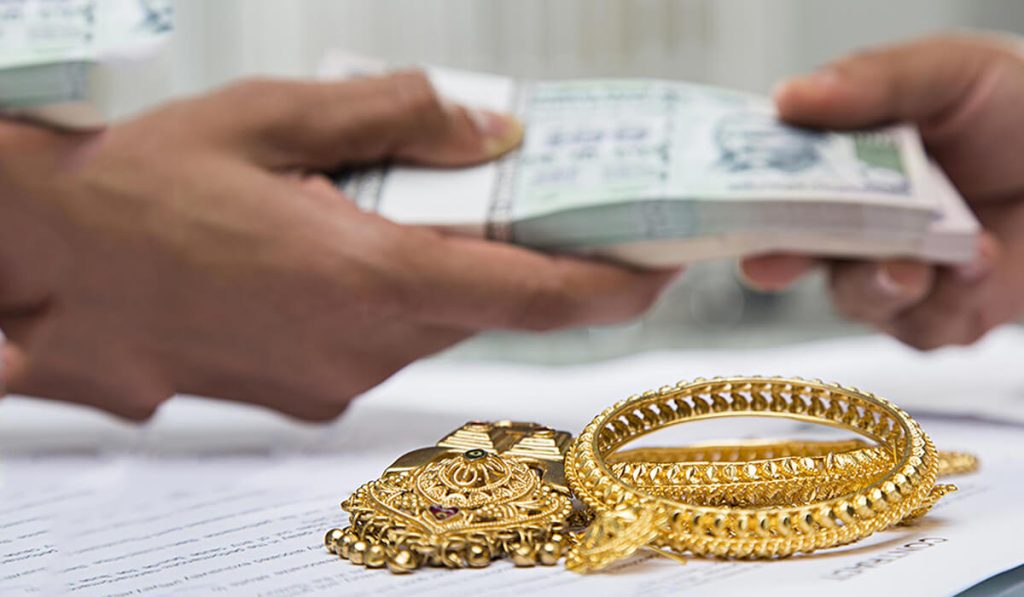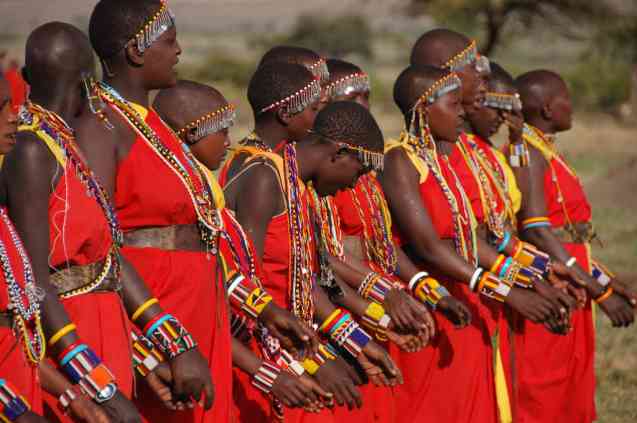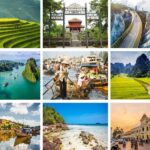The Maasai Tribe are one of the most iconic and well-known indigenous groups in Africa. Renowned for their distinctive red clothing, intricate beadwork, and semi-nomadic lifestyle, the Maasai live primarily in Kenya and northern Tanzania.
This article explores:
- The rich history of the Maasai tribe
- Their unique culture and traditions
- Social structure and beliefs
- Challenges in the modern world
- How they adapt while preserving their identity
Table of Contents
History of the Maasai Tribe
Origins and Migration
The Maasai belong to the Nilotic ethnic group and speak Maa, a language related to the Nilo-Saharan family.
Historical evidence suggests they originated from the Nile Valley (Sudan) and migrated south into East Africa around the 15th century.
By the 18th and 19th centuries, they dominated much of the Great Rift Valley, from central Kenya into northern Tanzania.
Era of Expansion
The Maasai expanded their territory through cattle raiding and control of fertile lands.
At their peak, they occupied nearly all of the fertile Rift Valley, with pastures and water sources critical to their cattle-based economy.
Colonial Impact
In the late 19th century, British and German colonial powers seized Maasai lands for settlers.
The Maasai signed treaties and were forced into reserves, losing large portions of their traditional grazing areas.
Resilience
Despite the loss of land and attempts to assimilate them, the Maasai maintained their cultural identity and continue to inhabit parts of Kenya and Tanzania today.
Where Do the Maasai Live?
The Maasai inhabit the savannahs, grasslands, and semi-arid plains of East Africa.
In Kenya, they are concentrated in Narok, Kajiado, and Laikipia counties.
In Tanzania, they live in the regions of Arusha, Manyara, and Kilimanjaro.
Their settlements, called enkangs (villages), are circular and surrounded by thorn fences to protect them and their livestock from wild animals.
Social Structure of the Maasai
Family and Clans
The basic social unit is the extended family, living in a homestead.
Maasai society is patrilineal, and clans are important in regulating marriage and social obligations.
Age Sets
Men and women pass through age sets, marking different stages of life.
Male stages: boyhood → warriorhood (moran) → elder.
Female stages: girlhood → marriage → motherhood.
Elders
The elders hold great authority, making decisions and resolving disputes.
Maasai Culture and Traditions
Cattle: The Heart of Maasai Life
Cattle are central to Maasai identity.
Provide milk, meat, hides, and dung (for building houses).
Serve as currency and status symbols.
Essential for bride price in marriages.
The Maasai believe they are the divinely appointed custodians of all cattle.
Clothing
Maasai men wear the shuka, a red or blue plaid cloth wrapped around the body.
Women wear colorful bead necklaces, earrings, and kangas (decorative cloths).
Beadwork
Beadwork is a crucial art form, expressing beauty, identity, and social status.
Different colors and patterns convey meanings:
Red: bravery & unity
Blue: energy & sky
Green: land & health
White: purity & health
Hairstyles
Young warriors (morans) wear elaborate braided hairstyles.
Married women often shave their heads, while unmarried women may braid their hair with beads.
Ceremonies and Rituals
Circumcision (Emuratare)
Boys undergo circumcision at puberty in a public ceremony to mark their transition to warriorhood.
Girls have traditionally undergone circumcision, but this practice has declined significantly due to health risks and legal prohibitions.
Eunoto (Warrior Graduation)
Marks the end of a warrior’s moran period, allowing him to become an elder.
Marriage
Marriages are arranged by families, with dowries paid in cattle.
Religious Beliefs
The Maasai worship Enkai (or Engai), a supreme god who controls the sky and fertility.
They believe in ancestral spirits and natural forces.
The Maasai and Nature
Sustainable Living
The Maasai have traditionally practiced sustainable grazing and land use.
They live in harmony with wildlife and have coexisted with lions, elephants, and other savannah animals.
Conservation Challenges
Expansion of agriculture, wildlife reserves, and urban development threaten their grazing lands.
Climate change affects their pastoral lifestyle by causing droughts.
Maasai in the Modern World
Education
Traditionally, Maasai boys and girls learned life skills through oral traditions and practical work.
Today, more Maasai children attend formal schools, though there’s tension between education and preserving traditions.
Economy
Many Maasai still depend on cattle herding.
Others work in tourism as guides, dancers, and craftsmen, showcasing their culture to visitors.
Women’s cooperatives produce beadwork and crafts for sale.
Political Representation
The Maasai have gained seats in regional and national politics, advocating for land rights and education.
Challenges
Loss of land and resources due to government policies and conservation efforts.
Health issues, including access to clean water and medical care.
Balancing modern opportunities with traditional values.
Tourism and the Maasai
Tourism plays a significant role in the Maasai economy today.
Tourists visit Maasai villages to experience traditional dances, buy crafts, and learn about their lifestyle.
Some criticize “cultural tourism” as exploitative or staged, while others see it as a way to preserve and share their heritage.
Lessons from the Maasai tribe
The Maasai offer profound lessons in:
- Sustainability
- Resilience
- Community solidarity
- Maintaining identity amidst change
Summary Table: Maasai Facts
| Aspect | Details |
|---|---|
| Location | Kenya & northern Tanzania |
| Language | Maa |
| Population | ~1.5–2 million |
| Economy | Cattle herding, tourism, crafts |
| Religion | Monotheistic (Enkai) |
| Key Symbols | Cattle, red shuka, beadwork |
| Challenges | Land loss, climate change, modernization |
FAQs About the Maasai Tribe
Q1: Where do the Maasai live?
The Maasai live in southern Kenya and northern Tanzania, mainly in the Great Rift Valley region.
Q2: What language do the Maasai speak?
The Maasai speak Maa, though many also speak Swahili and some English.
Q3: Why do the Maasai wear red?
Red is symbolic of bravery, protection, and unity. It also helps scare away wild animals.
Q4: Do the Maasai still live traditionally?
Many Maasai maintain a semi-nomadic lifestyle, but some have adopted modern ways of living.
Q5: How important are cattle to the Maasai?
Cattle are at the center of Maasai life, symbolizing wealth, status, and sustenance.
Q6: Do Maasai women wear beadwork?
Yes, Maasai women create and wear elaborate beadwork that reflects their age, marital status, and beauty.
Q7: Are Maasai warriors still active?
The warrior (moran) tradition continues, though it is more symbolic today than military.
Q8: How do the Maasai make a living today?
Through herding, tourism, selling crafts, and some wage labor.
Q9: Do Maasai practice circumcision?
Male circumcision remains an important rite of passage. Female circumcision has decreased due to health risks and laws.
Q10: Can I visit a Maasai village?
Yes, many Maasai villages welcome visitors to experience their culture and support their economy.
Conclusion
The Maasai tribe remains a remarkable example of how traditional societies can navigate the pressures of modernization while retaining their unique identity.
From their enduring love of cattle, vibrant clothing and beadwork, and fascinating ceremonies, to their ongoing struggles for land rights and cultural preservation, the Maasai inspire admiration and respect worldwide.
As Kenya and Tanzania continue to modernize, the Maasai face both challenges and opportunities. Their story reminds us of the value of diversity, resilience, and cultural pride in an increasingly homogenized world.











